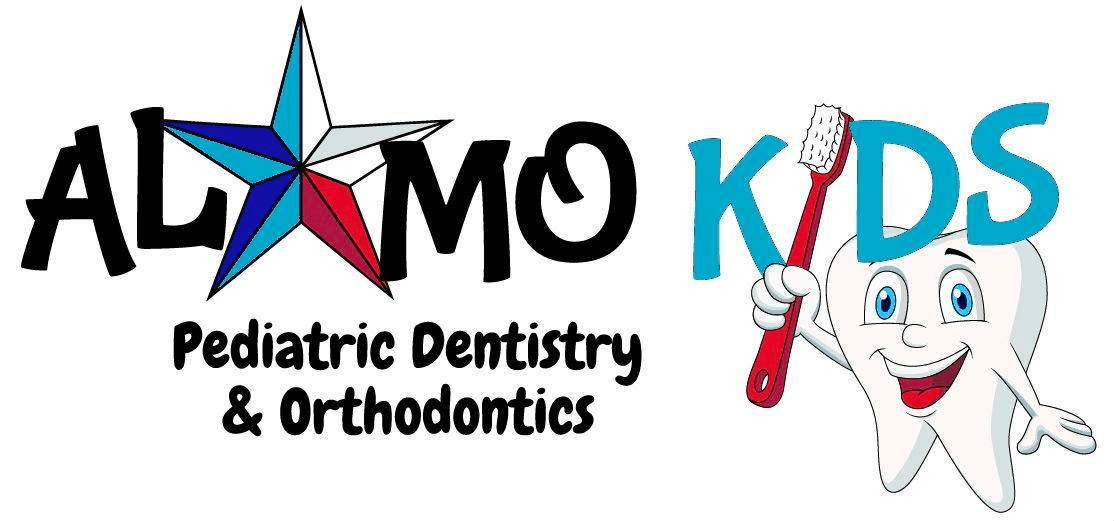Many children associate the high-pitched whirring of a dental drill with pain. Just the sound alone can make even adults wince.
Air abrasion is an especially good option for children who may be afraid of the needle, and the noise and vibration of a regular dental drill.
Air abrasion procedures are virtually painless, almost entirely eliminates the need for an anesthetic. Air abrasion produces none of the characteristic vibration or heat that conventional dental drills do. Air abrasion won’t hurt the soft tissues of your mouth, either. Because air abrasion cuts tooth surfaces with exacting precision, it removes less tooth than a drill and reduces the risk of fractured enamel.
Even though modern advances in anesthesia make the drill a relatively painless device, there is an alternative called air abrasion. Also called “microabrasion,” air abrasion works much like the sandblasting technique used to clear graffiti from walls.
Air abrasion is achieved by using a special device that blows a powerful airborne stream of tiny, fine aluminum oxide particles out of its tip onto the structure of the tooth. During the procedure, particles bounce off the tooth and blast the decay away. Air abrasion procedures can leave an accumulation of harmless, dusty particle debris in the child’s mouth, resulting in a gritty feeling eliminated by rinsing. Sometimes, a rubber dam may be applied inside the child’s mouth and around the tooth area being treated to serve as a particle barrier. To reduce dust buildup, the dentist or dental assistant may use a vacuum hose or a water spray technique while administering air abrasion.
